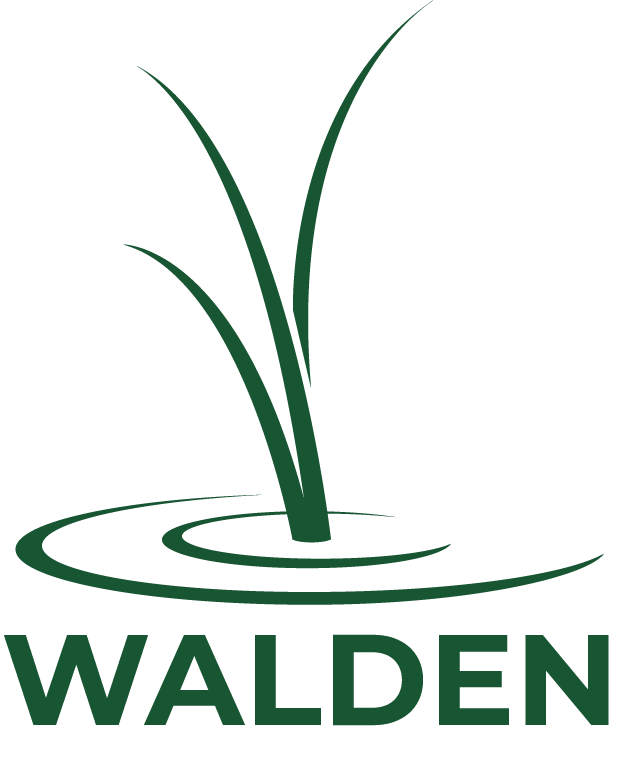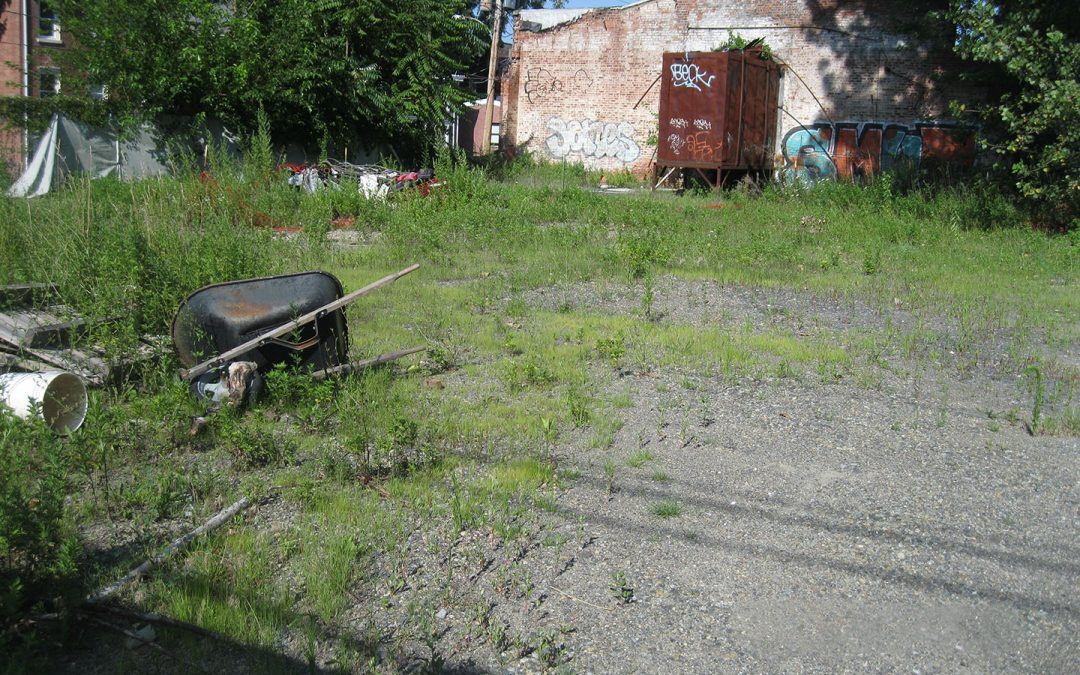
Proposed Legislation for Brownfield Redevelopment Tax Incentive
The U.S. House of Representatives Ways and Means Committee is currently reviewing the proposed Brownfields Redevelopment Tax Incentive Reauthorization Act of 2023. This legislation aims to reintroduce the tax incentives originally offered to owners of brownfield...
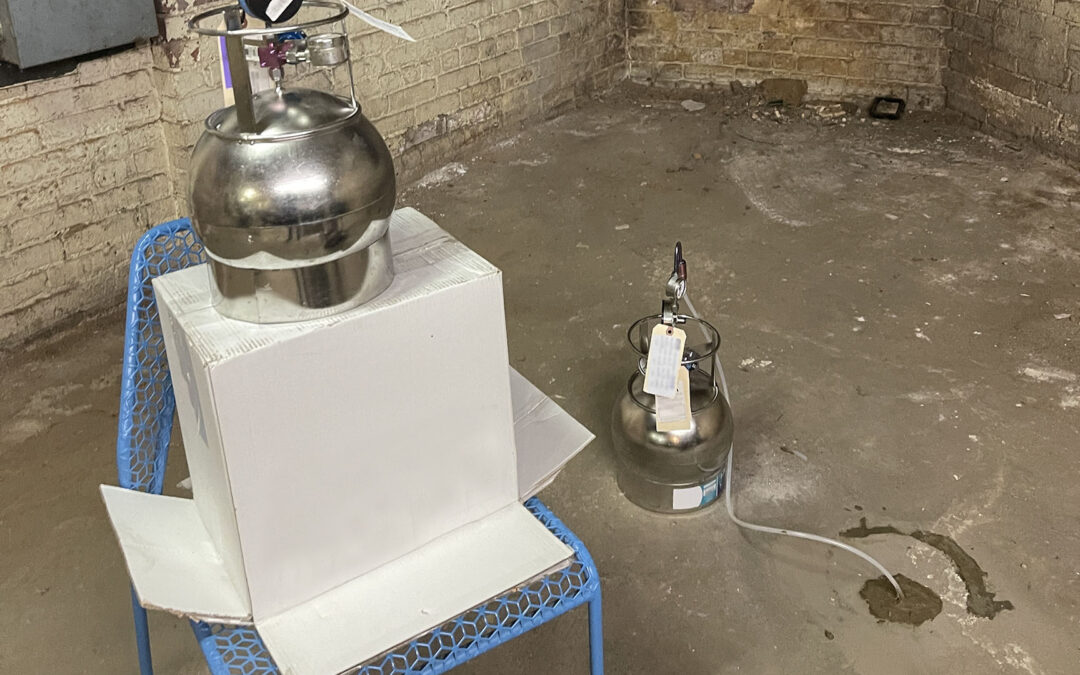
Soil Vapor Intrusion and Indoor Air Quality Concerns
Dangerous chemicals in the air don’t just come from wildfires and smoke. Soil vapor can have a significant impact on indoor air quality. When soil and/or groundwater are contaminated by volatile organic compounds, these contaminants are released into soil vapor which...
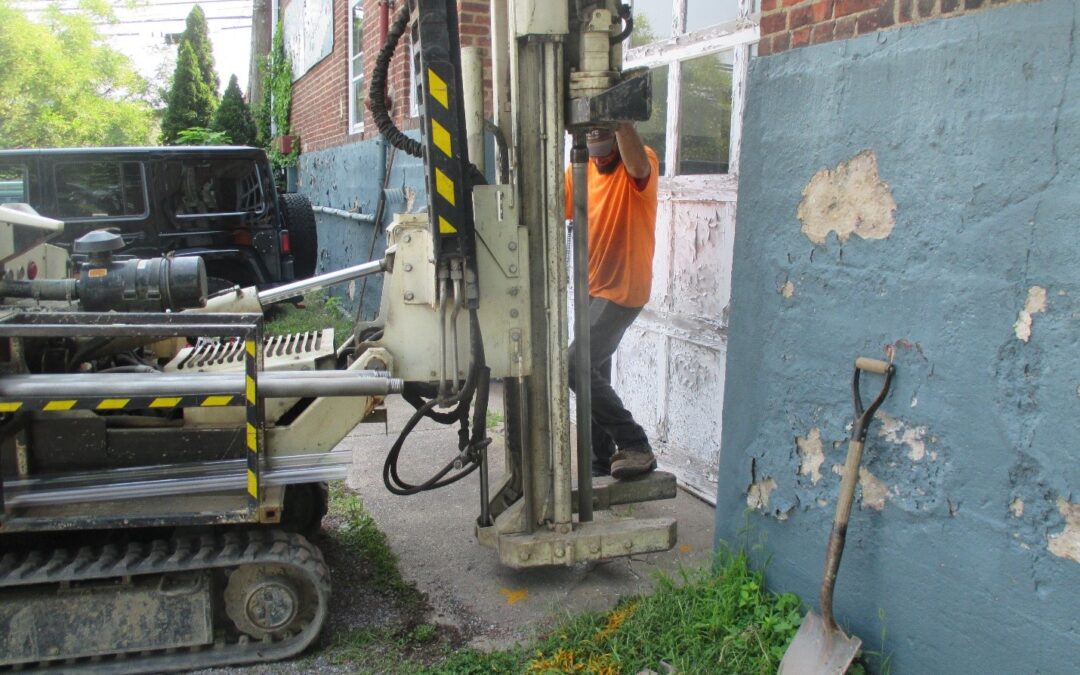
An Introduction to NYSDEC’s DER-10 Technical Guidance for Site Investigation and Remediation
Site investigations are performed when a site is suspected of being contaminated due to historic operations or when a known release of petroleum or chemical products occurs. The objective of such investigations is to determine the nature and extent of contamination in...
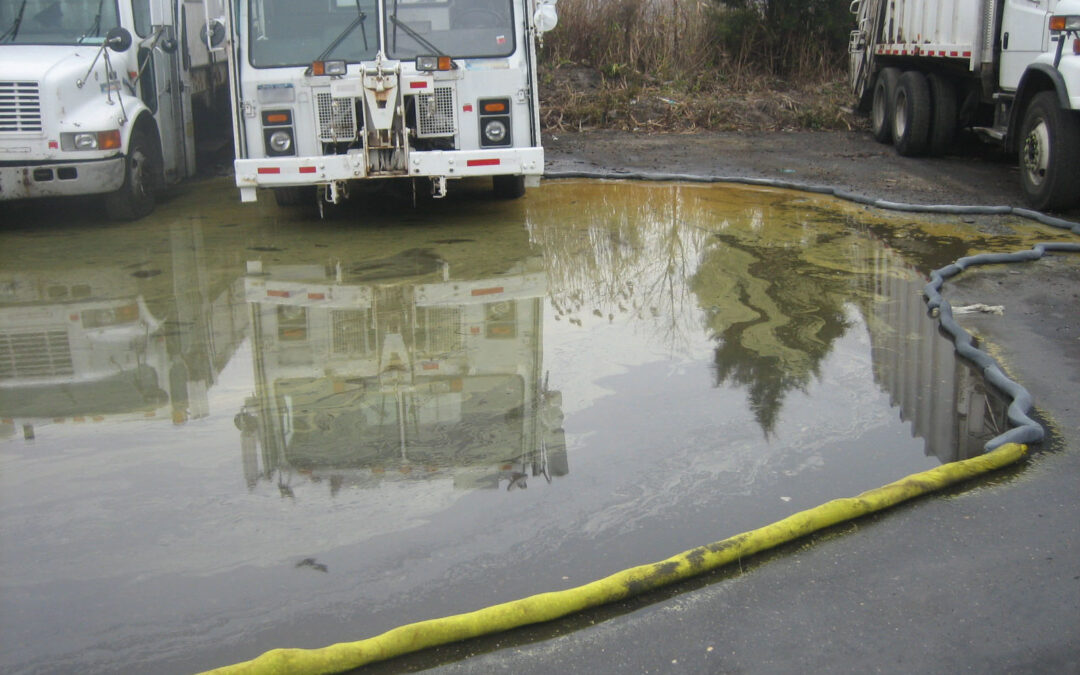
When Do You Need to Report Spills in New York State?
According to the New York State Department of Environmental Conservation (DEC), there are about 16,000 confirmed and suspected spills that get reported to the agency each year. Of those 16,000 spills, about 90% involve petroleum products. It is important to know what...
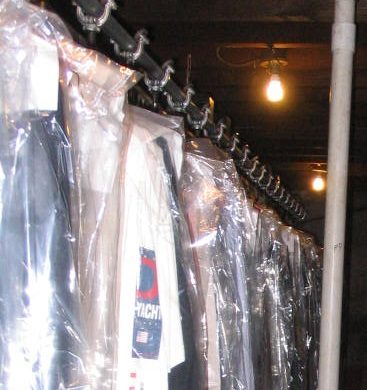
Dry Cleaners Regulatory Update – 6 NYCRR Part 232
The Environmental Impact of Dry Cleaners Historically, dry cleaning facilities have been hotbeds for subsurface contamination due to the solvents used in the dry cleaning process. Chlorinated solvents are the chemicals most associated with dry cleaners and their...
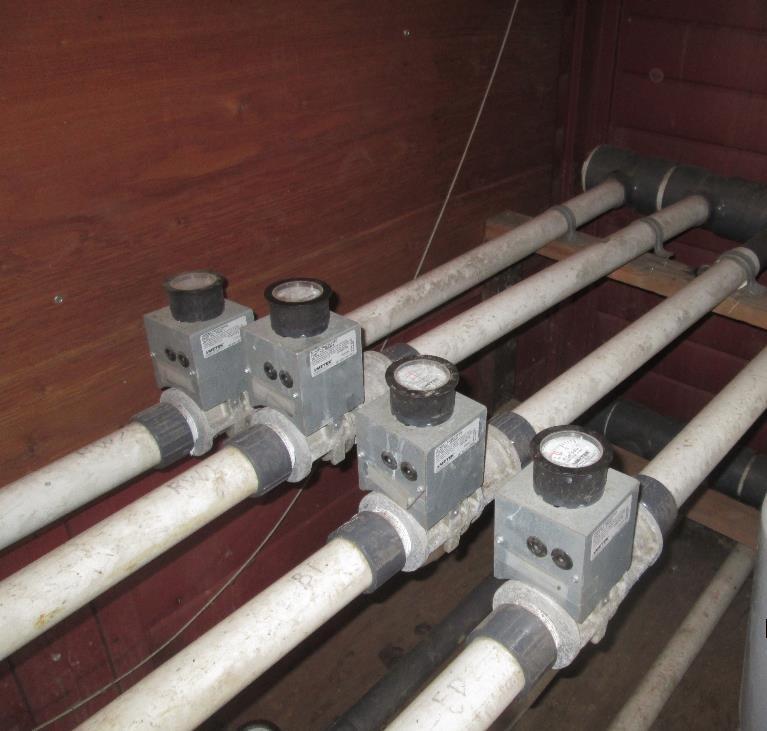
Soil Vapor Intrusion Solutions – Sub-Slab Depressurization System
How to Address Soil Vapor Intrusion Discussed in a previous blog (link at the bottom of the page), subsurface contamination can find its way into habitable buildings via minor breaches in a building’s foundation and/or flooring. Source area removal, or direct removal...

What is Soil Vapor Intrusion, and Why Should We Be Concerned?
How Can Environmental Contamination Affect You? Soil Vapor Intrusion Subsurface contamination, whether stemming from hazardous groundwater, oil spills, leaky storage tanks, or other buried waste can pose a threat to human health in the form of vapor intrusion. ...
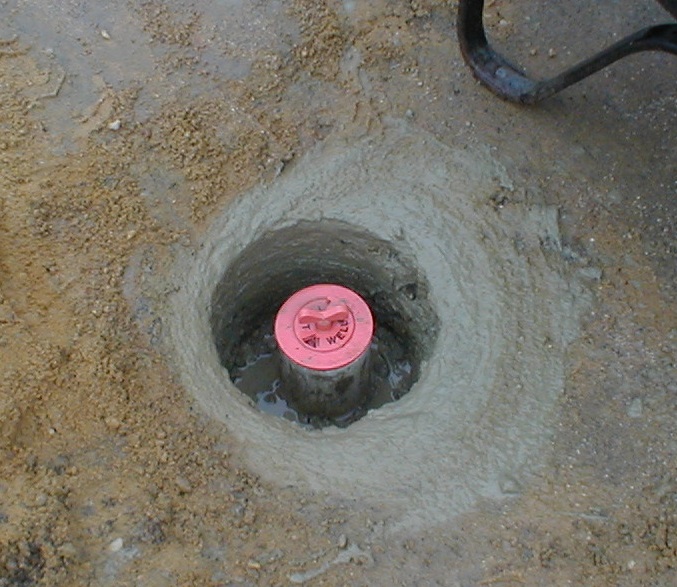
Groundwater 101: Monitoring Well Installation
Groundwater Monitoring Well Installation Basics Groundwater monitoring wells are commonly installed at sites that are known to be or suspected to be contaminated by a variety of substances such as petroleum compounds or chlorinated solvents. Groundwater Quality...
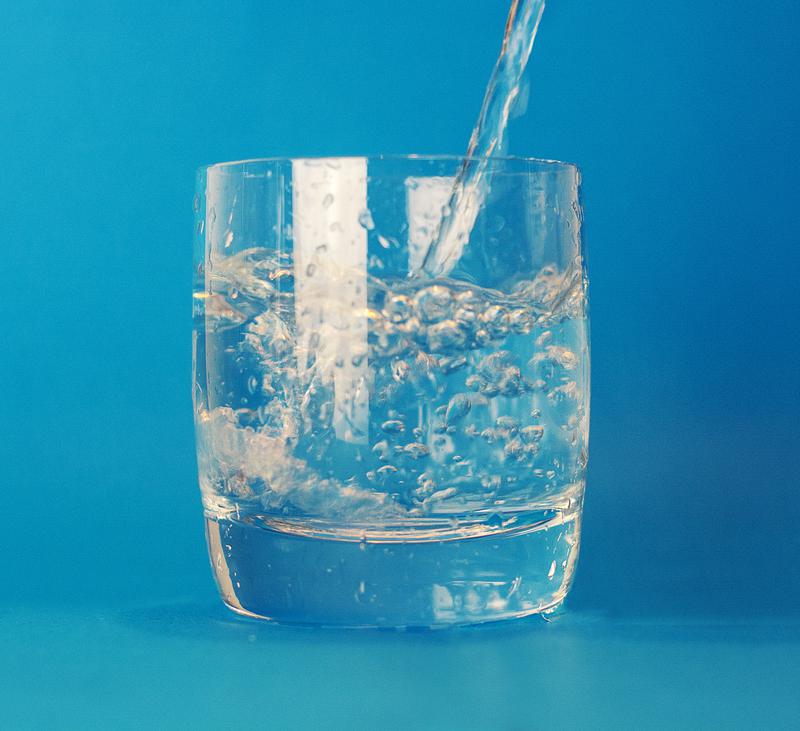
New York State Takes Control of Establishing 1,4-Dioxane And PFOA Drinking Water Standards
The presence of 1,4-dioxane in drinking water has been an on-going concern for many residents of Long Island, New York. 1,4-dioxane is a compound that has been used in a variety of industrial, manufacturing and agricultural operations. It readily mixes with water, and...
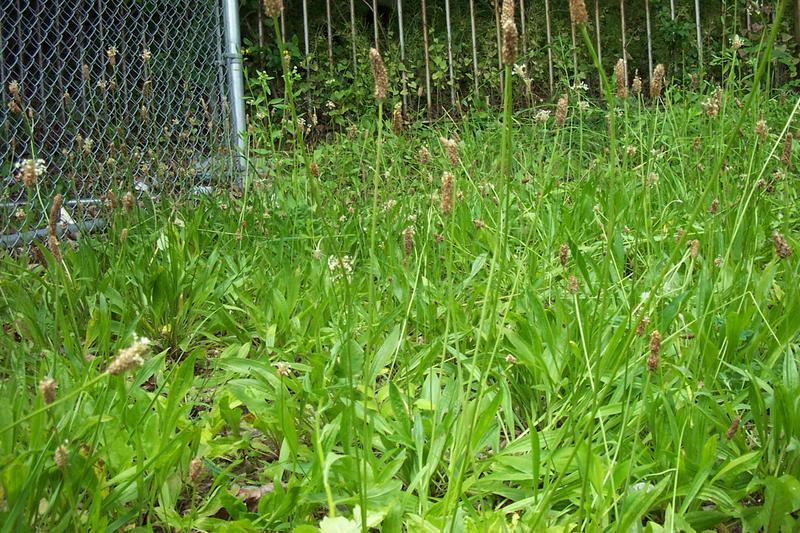
Understanding Tax Credits in the New York State Brownfield Cleanup Program
The New York State Brownfield Cleanup Program (NYSBCP) began as a means to encourage the cleanup and redevelopment of privately owned sites across the state in an effort to promote the revitalization of economically and environmentally blighted areas. Brownfield tax...
